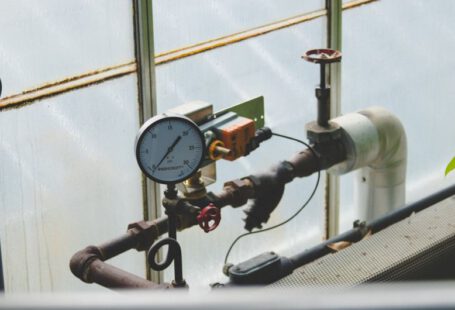As consumers become increasingly mindful of the environmental impact of their purchases, the demand for eco-friendly packaging continues to rise. However, with the proliferation of greenwashing in the market, it can be challenging to distinguish genuine sustainable packaging from misleading claims. To make informed choices and support companies that prioritize eco-conscious practices, it is essential to know how to recognize true eco-friendly packaging. By understanding key indicators and certifications, consumers can navigate the packaging landscape more effectively.
**Material Selection**
One of the primary considerations when evaluating eco-friendly packaging is the materials used in its production. Sustainable packaging is typically made from renewable, recyclable, or biodegradable materials that have a minimal impact on the environment. Look for packaging made from materials such as recycled paper, cardboard, glass, metal, or compostable plastics. These materials are not only better for the planet but also help reduce waste and minimize carbon emissions associated with production.
**Certifications**
Certifications play a crucial role in verifying the eco-friendliness of packaging. Look for reputable certifications from organizations such as the Forest Stewardship Council (FSC), Sustainable Forestry Initiative (SFI), or Cradle to Cradle Certified. These certifications indicate that the packaging materials have been sourced responsibly, are made with minimal environmental impact, and can be recycled or composted after use. Be wary of vague or misleading eco-friendly claims without any certification to back them up.
**Minimalist Design**
True eco-friendly packaging often features a minimalist design that focuses on functionality and resource efficiency. Look for packaging that uses the least amount of material necessary to protect the product and minimize waste. Avoid excessive packaging, such as multiple layers of plastic or unnecessary embellishments, which contribute to environmental harm and are often indicative of unsustainable practices.
**Biodegradability and Compostability**
Biodegradable and compostable packaging are two key characteristics of eco-friendly packaging. Biodegradable packaging breaks down naturally in the environment over time, reducing the amount of waste that ends up in landfills. Compostable packaging can be broken down in a composting facility and turned into nutrient-rich soil, further closing the loop on the packaging lifecycle. Look for packaging labeled as biodegradable or compostable to ensure it can be disposed of responsibly.
**Reusable and Refillable Options**
Another hallmark of true eco-friendly packaging is its potential for reuse or refill. Packaging that is designed for multiple uses or can be easily refilled with product helps reduce waste and promotes a circular economy. Look for brands that offer refill stations or encourage customers to return packaging for a discount on future purchases. By choosing reusable and refillable options, consumers can significantly reduce their environmental footprint.
**Transparency and Accountability**
When evaluating the eco-friendliness of packaging, transparency and accountability are essential factors to consider. Look for brands that openly disclose information about their packaging materials, sourcing practices, and environmental initiatives. Companies that are committed to sustainability often provide detailed information on their websites or product packaging to educate consumers about their efforts to reduce environmental impact. Support brands that are transparent about their eco-friendly practices and are willing to answer questions about their packaging choices.
**Innovative Solutions**
Innovation plays a crucial role in the development of true eco-friendly packaging solutions. Look for companies that are investing in new technologies and materials to create packaging that is both sustainable and effective. From plant-based plastics to mushroom packaging, there are a variety of innovative solutions emerging in the packaging industry that offer alternatives to traditional, environmentally harmful materials. Stay informed about the latest developments in sustainable packaging to support companies that are leading the way in eco-friendly practices.
**Informed Consumer Choices**
Ultimately, recognizing true eco-friendly packaging requires consumers to be informed and discerning in their purchasing decisions. By considering factors such as material selection, certifications, design, biodegradability, reusability, transparency, and innovation, consumers can make choices that align with their values and support companies that prioritize sustainability. By advocating for eco-friendly packaging and holding brands accountable for their environmental impact, consumers can drive positive change in the packaging industry and contribute to a more sustainable future.
**Making a Difference**
In a world where environmental concerns are at the forefront of public consciousness, recognizing true eco-friendly packaging is essential for making a positive impact. By being mindful of the materials, certifications, design, and practices associated with packaging, consumers can support sustainable brands and contribute to a healthier planet. Through informed consumer choices and a commitment to eco-conscious practices, individuals have the power to drive change and shape a more sustainable future for generations to come.





